Species
Conservation programs funded by the National Fish and Wildlife Foundation benefit hundreds of species and the habitats they depend on across the United States. NFWF has developed conservation strategies with measurable outcomes that track progress for many of these species. These species are good indicators of healthy habitats.
These strategies and metrics can be found in NFWF’s business plans developed by scientists and other experts, and approved by the Foundation's Board of Directors. NFWF programs fund conservation grants that implement the strategies and actions identified in the business plan.
Click on the species to learn a little about it, and which programs fund grants to conserve the species and its habitat.
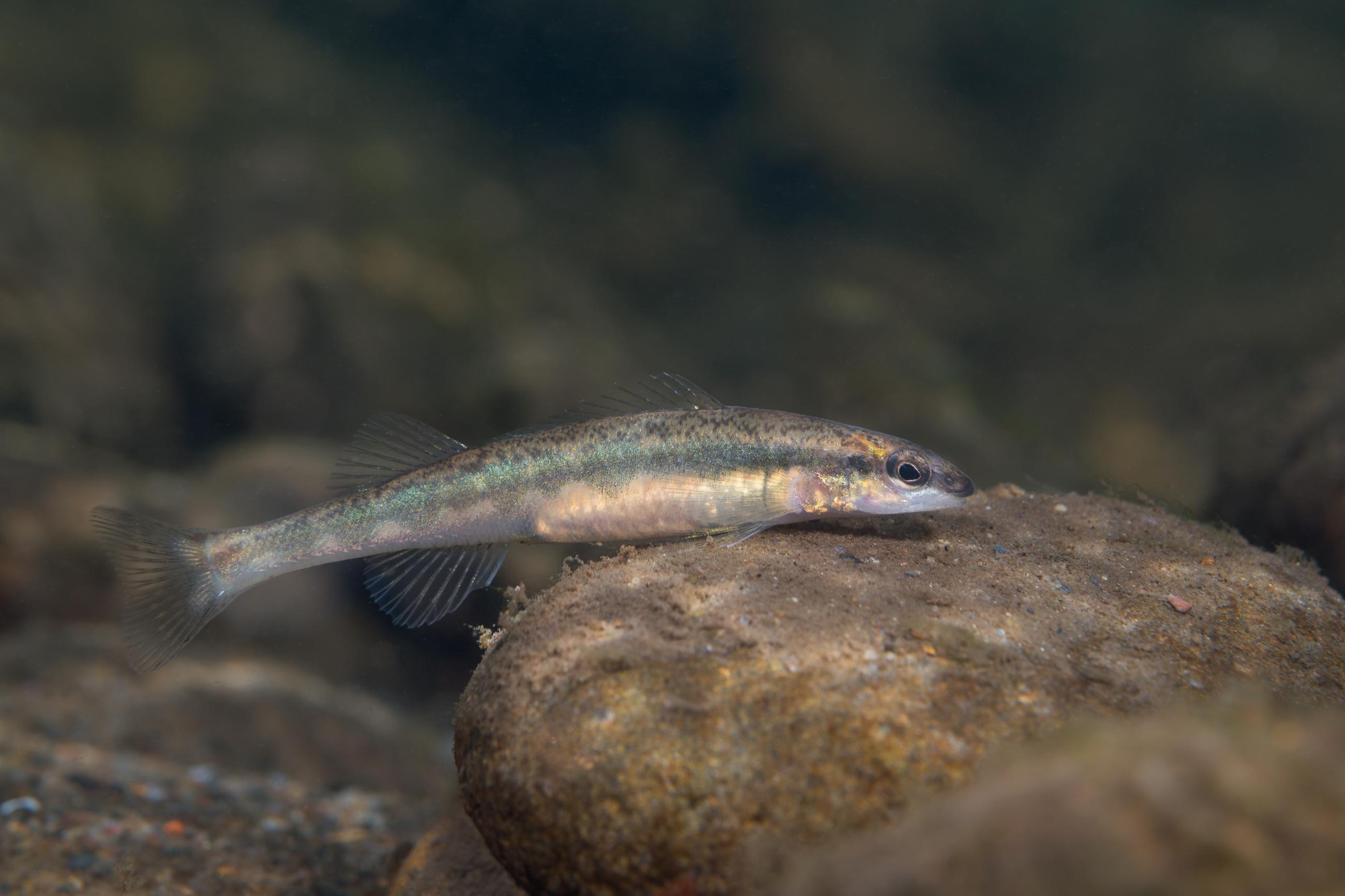
Bridled darter
The bridled darter is a small, freshwater fish discovered in 2007 that has a limited distribution within the headwaters of the Coosa River in northern Georgia and southern Tennessee. This species is threatened by runoff caused by agriculture and forestry activities as it is very sensitive to water pollutants.
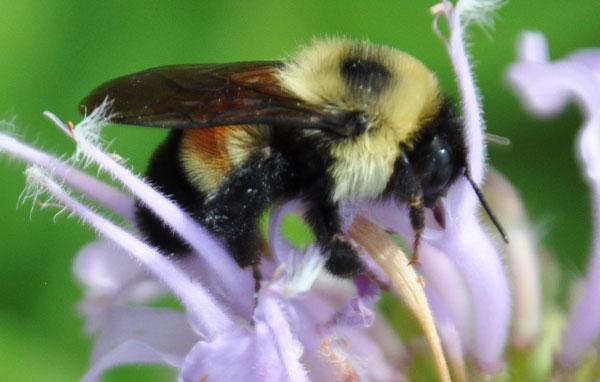
Pollinators
Pollinators are a group of insect, avian and mammalian species that fertilize many flowering plants and agricultural crops by transferring pollen from the male structures (anthers) to the female structures (stigma) during foraging. More than 80 percent of flowering plants on Earth need pollinators to produce the next generation, and it is estimated that they add hundreds of billions of dollars to the global economy, highlighting their extreme importance to human food security.
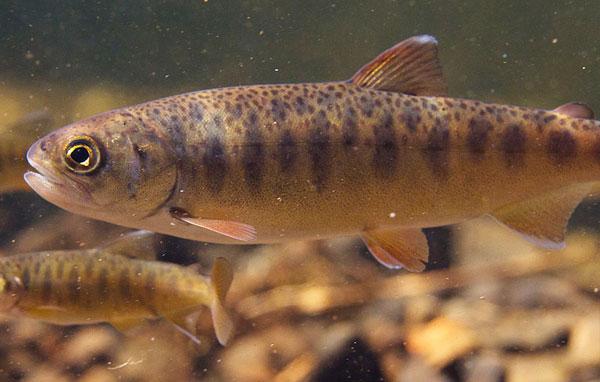
Central California Coast coho salmon
The central California coast coho salmon is an evolutionarily significant unit of coho salmon that are found from central California near Punta Gorda to the northern border of California. They are an endangered species that rely on proper timing of streamflows in rivers to allow individuals to spawn and increase juvenile survival.
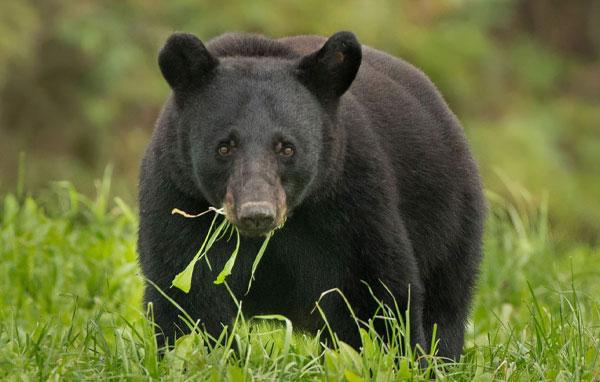
Louisiana black bear
One of 16 subspecies of the American black bear, the Louisiana black bear was listed as threatened in 1992 under the Endangered Species Act, citing habitat loss and fragmentation as primary threats to their populations. Significant improvements in population size and habitat achieved through concerted reforestation efforts and translocations resulted in the Louisiana black bear’s removal from the Endangered Species List in 2016.
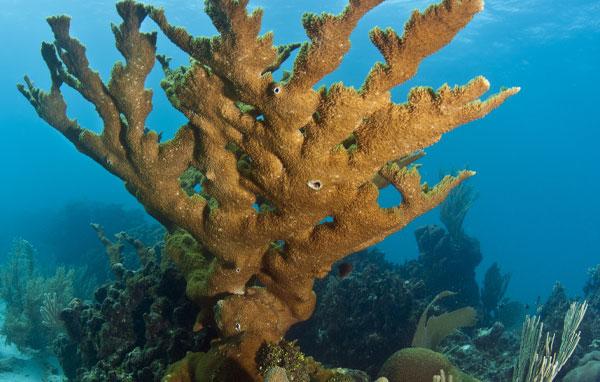
Elkhorn coral
Elkhorn coral is one of the most important reef-building corals found in the Caribbean, where individual colonies can grow more than 6 feet in height and 12 feet in diameter. Elkhorn coral were listed as threatened following a severe disease outbreak that caused widespread mortality, decimating the population to less than 3 percent of its former abundance. Warming ocean temperatures are a further stress on these corals.
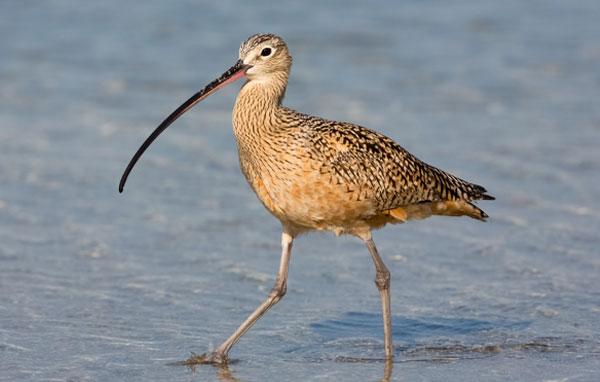
Long-billed curlew
Long-billed curlew are a charismatic member of the Northern Great Plains bird fauna. The species is North America's largest shorebird and are of conservation concern due to long-term declines and pervasive threats across both nesting and wintering locations. Long-billed curlews use their very long decurved bill to probe for crabs, shrimp and mollusks in the coastal marshes and mudflats of California and Mexico during their non-breeding period, and to pick up grasshoppers and other terrestrial insects as they trundle along through the prairie.
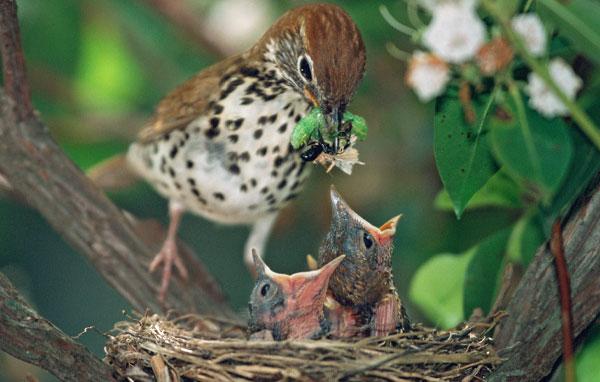
Wood thrush
A well-known inhabitant of eastern deciduous forests, the wood thrush is known for its flute-like song during the mating season. Wood thrush are excellent indicators of moist, mature forests with structurally complex mid and understories. Habitat loss and degraded habitat quality on both breeding and wintering grounds have resulted in population declines since at least 1970.
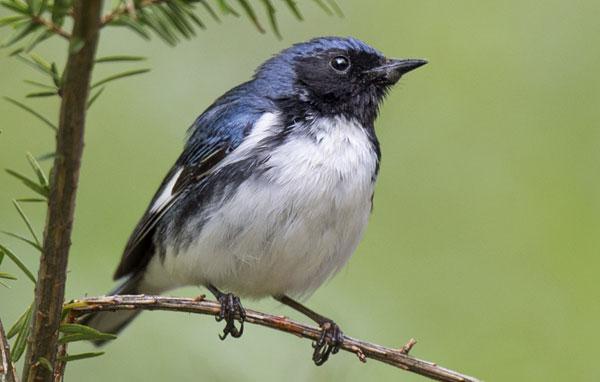
Black-throated blue warbler
Black-throated blue warbler is a neotropical migrant that nests in the rich deciduous and mixed coniferous forests of eastern North America. Breeding male and females are sexually dimorphic, meaning they have vastly different appearances—so much so that they were originally described as two separate species. While males have a black face and throat with a blue head and back, females are a plain grayish olive color.
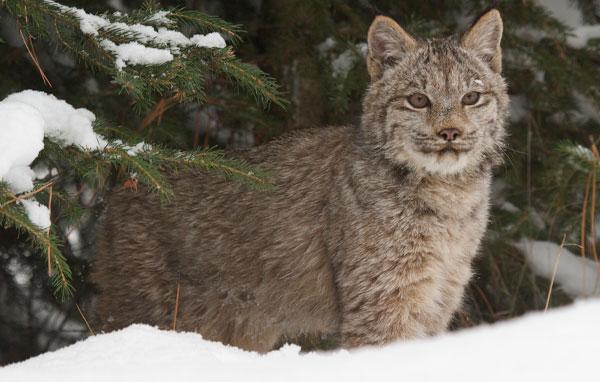
Canada lynx
The threatened Canada Lynx is a medium-sized carnivore that inhabits boreal forests where their massive paws make them adapted to traveling through deep snow. These solitary hunters rely on contiguous, structurally diverse forest habitat that support abundant populations of their favorite prey, the snowshoe hare.
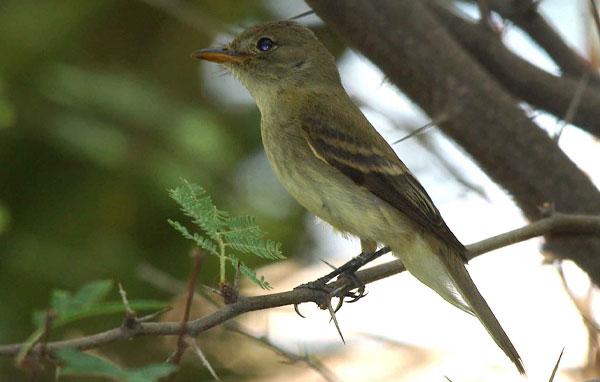
Southwest willow flycatcher
The southwestern willow flycatcher, a subspecies of the broadly distributed willow flycatcher, is a small songbird that is currently listed as endangered under the Endangered Species Act and breeds in densely vegetated riparian buffers throughout the Southwest. The loss of these native riparian habitats along with water diversion, invasive vegetation and brood parasitism by brown-headed cowbirds have caused major declines in abundance for this subspecies.
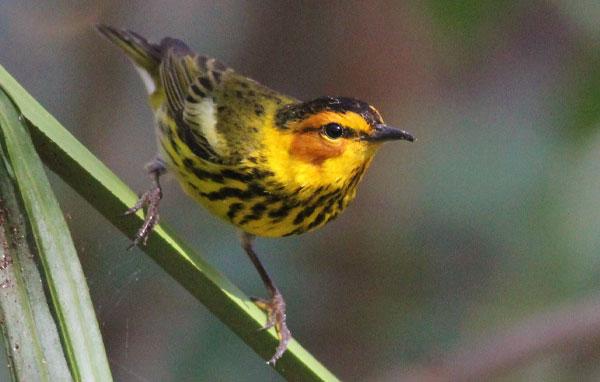
Cape May warbler
Cape May warbler is a spruce-fir boreal forest-nesting neotropical migrant that spends the breeding season in northern North America and non-breeding period in the Caribbean. They are often seen as a flash of brilliant yellow and rust as they forage actively in the tops of trees where they are dependent on spruce budworm caterpillars.
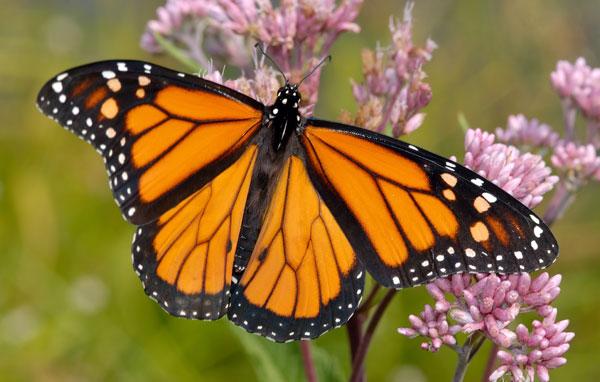
Monarch butterfly
One of North America's most iconic species, the monarch butterfly is best known for its spectacular 3,000-mile annual migration from its northern breeding grounds to wintering grounds in central Mexico. A distinct, western monarch population migrates between the western states and their winter range in coastal California; both the eastern and western populations have been negatively affected by habitat loss and reduction in milkweed plants that serve as the sole food source for monarch caterpillars.